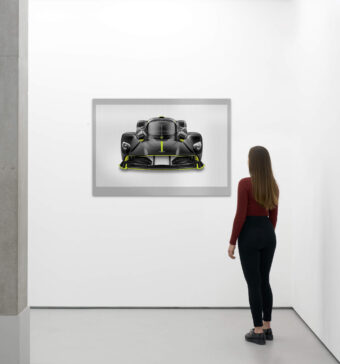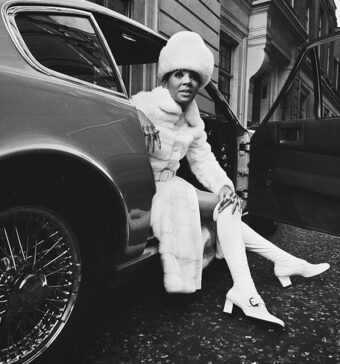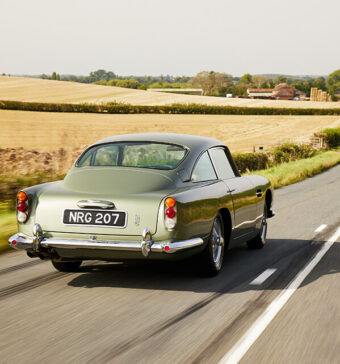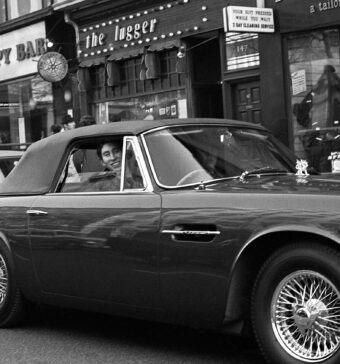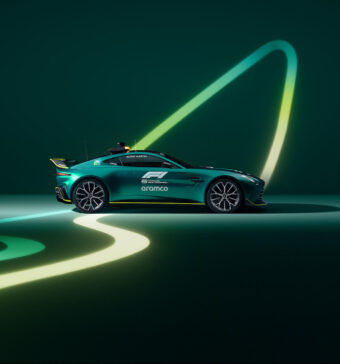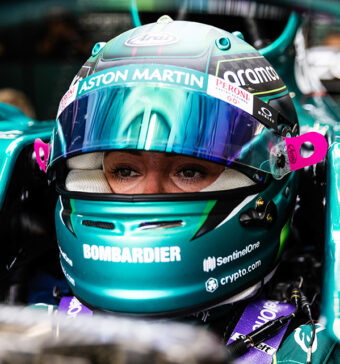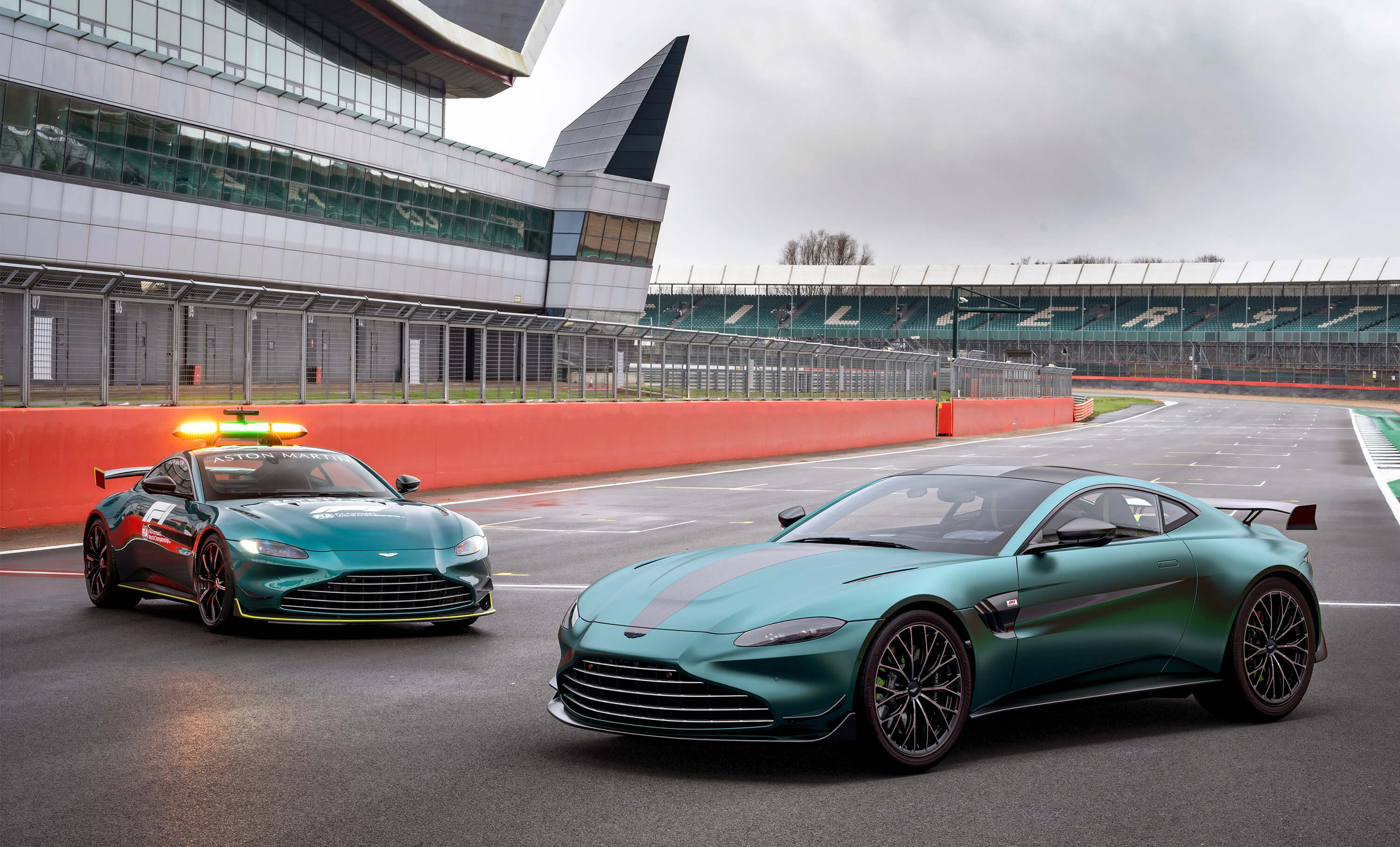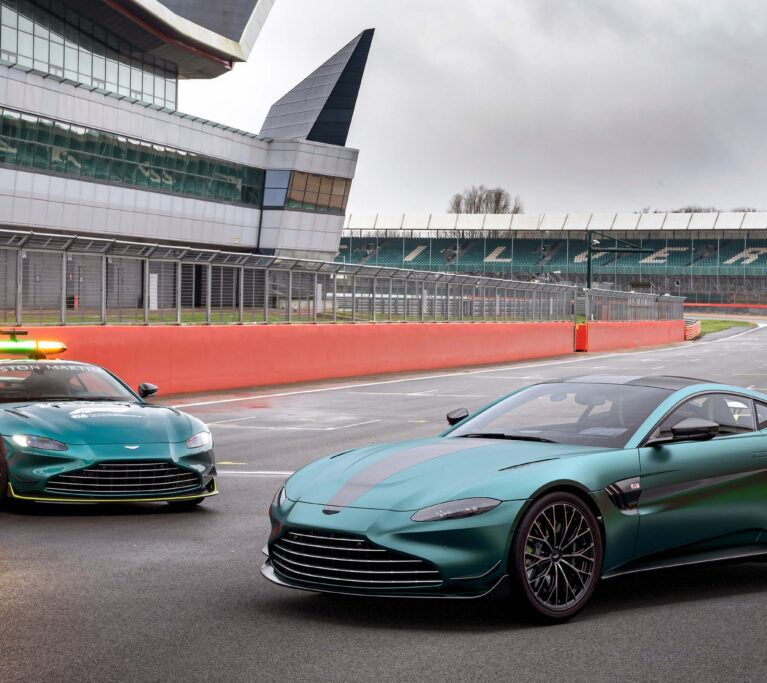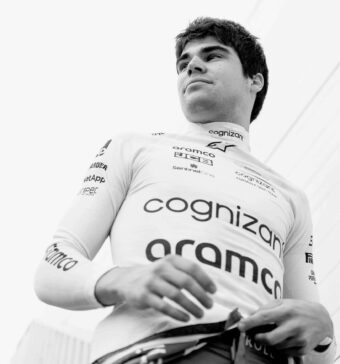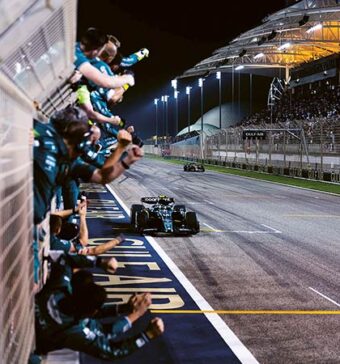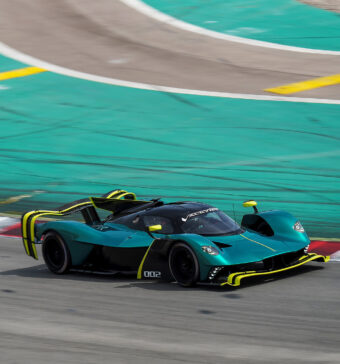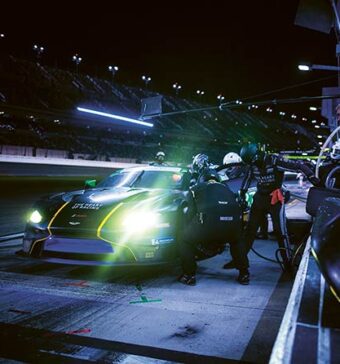In a sport where everything is designed to move as fast as possible, Bernd Mayländer is the man who slows things down. This 52-year-old German is Formula 1’s official safety car driver – ready to spring into action in the world’s grands prix when marshals, debris or other hazards are on the track. Or if, God forbid, there’s an accident.
Despite being required to shepherd 20 of the world’s fastest drivers in the world’s highest-performing race cars, Bernd’s chosen vehicle – an Aston Martin Vantage F1 Edition – is the very same model of sports car you’d find at a car dealership. Surprisingly, aside from a few on-board computer systems, it is almost identical to the commercially available version: similar engine, same chassis, same bodywork, same interior and same tyres. Nevertheless, it’s a sports car of supreme power, with a 4.0 litre twin turbo V8 engine, 535 hp and a top speed close to 200mph. Bernd certainly needs all that power beneath the bonnet. Should he be called into action by race control, he and his British co-driver Richard Darker must be ready to leave the pit lane and motor onto the race track at top speed before taking position at the head of the pack. With 20 aggressive, trophy-hungry drivers in the rearview mirror – zig-zagging from side to side to keep their tyres hot – it’s an intimidating place to be. But Bernd, who has been Formula 1’s safety car driver for the last 23 years, with over 440 grands prix under his belt, is used to the pressure. “In general, I’m a pretty cool guy,” he says. “I need adrenalin before a race. I have to be focussed to make no mistakes. And to have the boys behind me under control. Of course, my heart rate will not be normal like sitting on a sofa watching a movie. But it’s not easy as I am driving at the limit.”

For the racing drivers behind him, meanwhile, it can often be frustrating when forced to slow down. Bernd says, once the races are complete, they often tease him about his role as the track policeman. “They might tell me: ‘Ah, you did a lot of laps today. You nearly won the race.’ But in the end, they know what my job is and they know I’m driving a road car.” He is at pains to point out just how much more power and speed the Formula 1 drivers have over the safety car. “These beasts are so quick,” he says. “An F1 car is eight to nine seconds faster per kilometre. On a long track like Spa [in Belgium], for example, I could drive flat out and they could stop for an espresso and still finish the lap before me.”
This summer marks the 50th anniversary of safety cars in Formula 1 races. For just under half of that time, it has been Bernd behind the steering wheel. Brought up near Stuttgart, nowadays he lives just east of the city with his wife and two young boy twins. As a racing driver, he competed in touring cars and sports cars in the 1990s and Noughties, his crowning achievement a win at the 2000 24 Hours Nürburgring. All that experience on the track makes him the perfect safety car driver. He sees his role rather like that of a firefighter, hoping disaster will never occur, but always 100 percent prepared for it. “It’s a good comparison,” he says. “A fireman is always wearing his boots and his protective clothing, ready to go. He just has to jump in the fire engine and get to the fire.” And just like firefighters, for their job Bernd and his co-driver are kitted out in fire retardant clothing, protective helmets, shoes, gloves and balaclavas. “But I always say a good race is a race where you don’t need the safety car,” he adds. “I don’t want to see accidents.
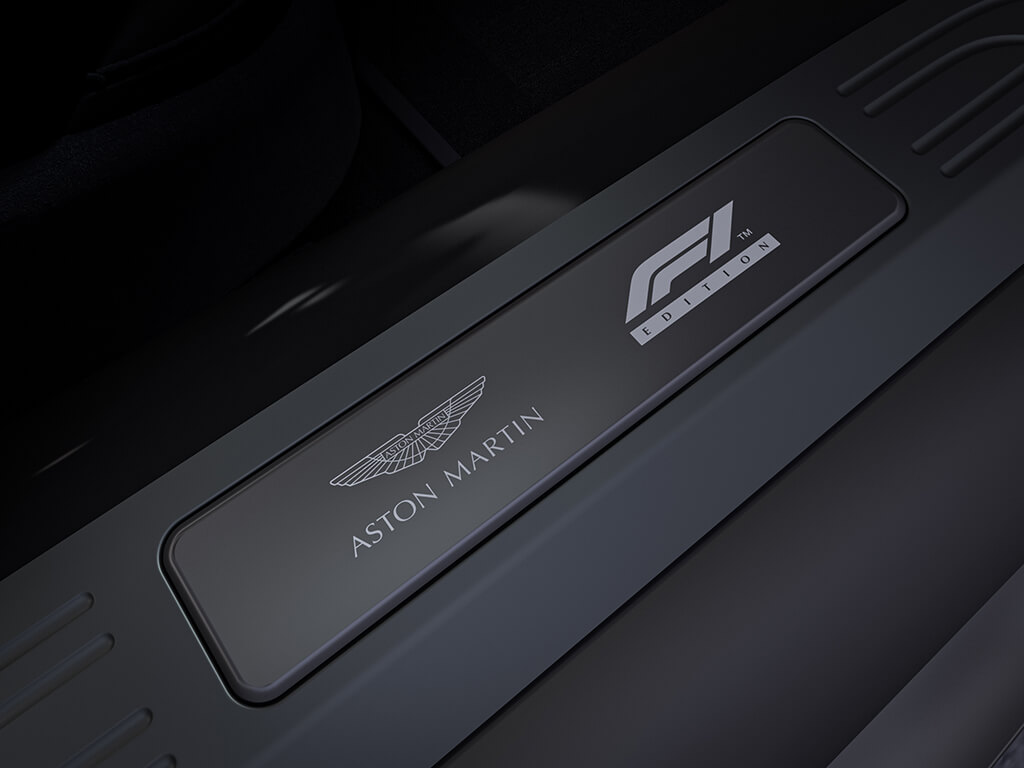
Like the Formula 1 drivers he is employed to protect, Bernd has his own team of mechanics following him from race to race – albeit a much smaller one, with “three or four engineers” instead of the 60 or 70 on a professional race team. There are two Aston Martin safety cars at his disposal. But even with these perfectly tuned vehicles, mishaps do occur. Fortunately, in 23 years, Bernd has never been involved in an accident in a Formula 1 race. There have been some near misses, however. In 2011, during rainy conditions in the Chinese Grand Prix in Shanghai, Bernd lost his brakes temporarily as he aquaplaned across a wet section of the track. “I slid into the corner but, in the end, I managed it,” he recalls. “A little bit of luck.” Right behind him at the time was Sebastien Vettel. “He told me after the race: ‘That was a good one!’” Bernd remembers. “I told him: ‘Believe me, the colour in my face changed immediately.’ Vettel was impressed with me.” On another occasion, at the 2007 Japanese Grand Prix at Fuji Speedway, the rain was so torrential that Bernd was forced to deploy the safety car right from the opening lap, later almost running out of fuel. Fortunately he managed to switch to the second safety car just in time.
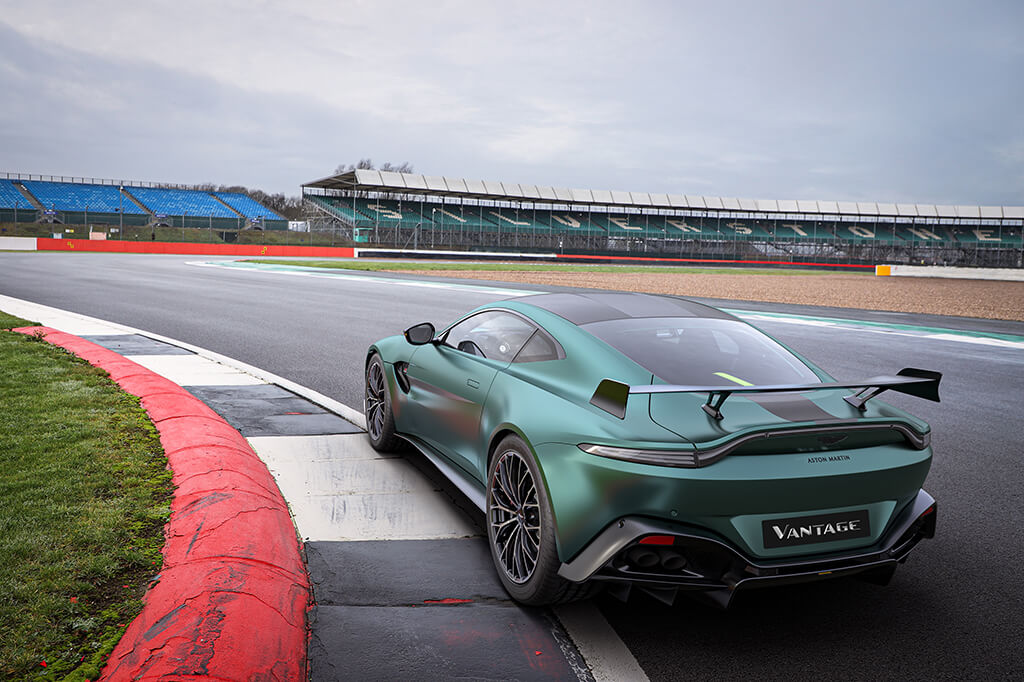
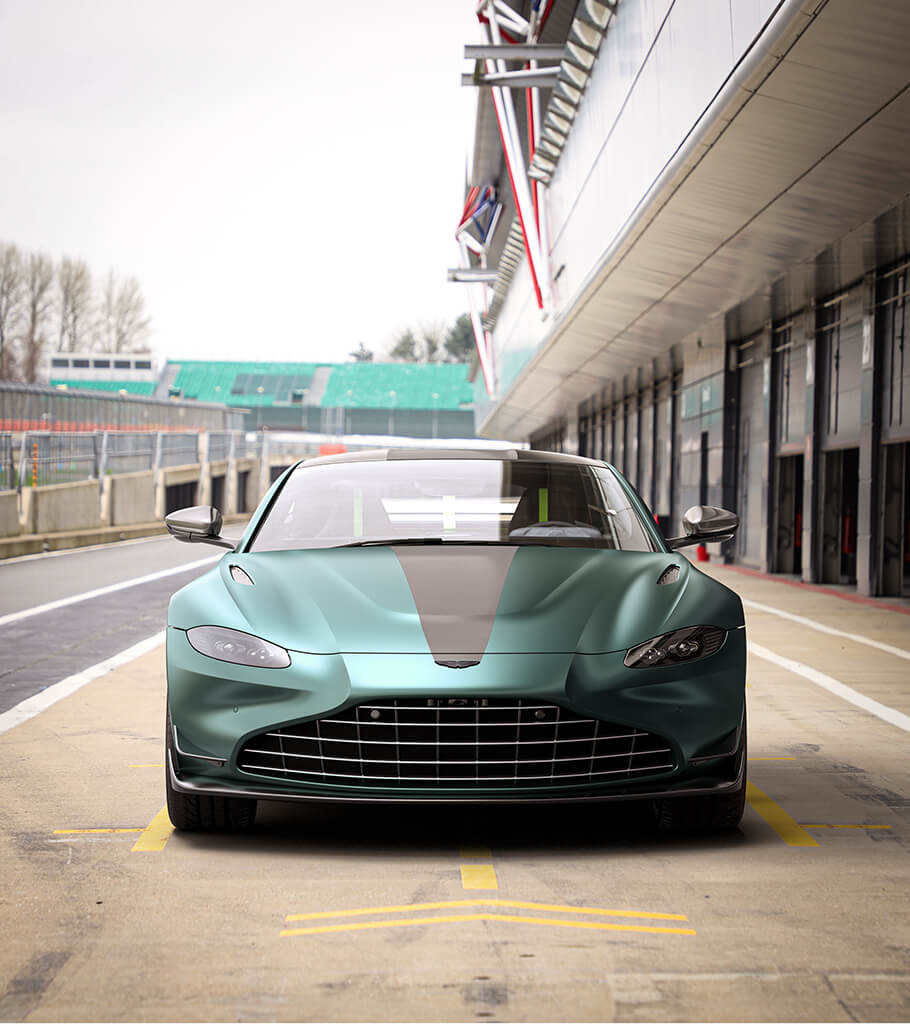
Back at home in Germany, when Bernd’s driving on the road, he says he prefers the feel of classic cars to modern vehicles. He currently owns a Mercedes 280 SL and a Porsche Speedster, both from the 1970s. But he’s hoping Aston Martin might help him obtain a classic silver DB5. On public roads, he describes his normal driving style as “relaxed and quite conservative”. “Very cool driving, no stress, not pushing it, focussed on safe driving,” he adds. In any case, as he explains, to get his speed fix, all he has to do is wait until the next grand prix. And even after 23 years in the job, he confesses he still gets a thrill from driving the safety car. “I can say proudly, for me, it’s a dream job. I don’t feel my age yet. Okay, sometimes in the morning when I wake up. But if I’m sitting in my Aston Martin, then the world is right.”







